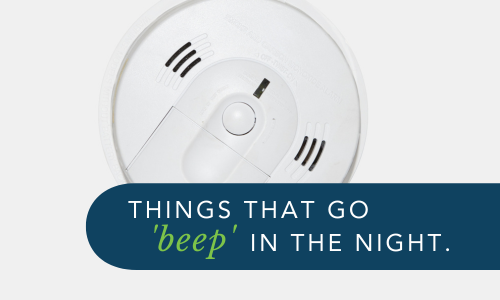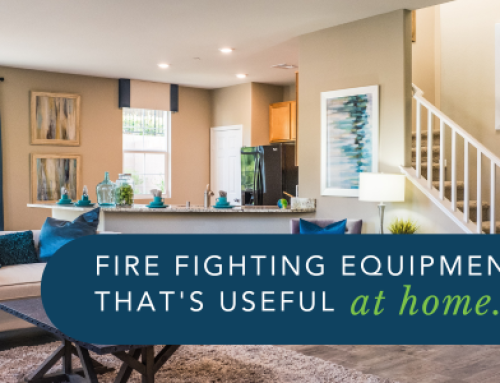Chances are, you’re not the only one who’s been woken up at some ungodly hour of the night to an obnoxiously loud ‘BEEP’, startling you awake, making you think ‘what was that?’
Then, before you know it, you’re nodding back off to sleep until…’BEEP!’
It’s a cheeky little reminder from your smoke detector that it’s time to replace the batteries.
This kind of reminder doesn’t just happen with your smoke detector at home. It happens in the workplace, too. That intermittent beeping noise that you hear in reception, or coming from the first aid room? You guessed it, that’s your AED (defibrillator) reminding you that the battery need replacing soon, too.
Important reminder
Our world is now full of alarms, beeps and pings, and so it can be easy for these sounds to become white noise, paying them no mind.
It’s important to remember that, as much as we rely on technology to keep us safe, it’s only as good as the attention we pay it.
If you’ve ever felt concerned that, in an emergency, you may lose power, you’ve possibly addressed that potential outcome, and chosen equipment that can be used without electricity. Things like bullhorns and two-way radios are a great way of communicating – but not if the batteries run dead.
All of your safety equipment needs to be on someone’s radar in the workplace; a part of your maintenance schedule. Why? Well, nobody wants to have that horrible feeling of their stomach dropping when they realise the equipment is not working in an emergency, do they?
Preventive maintenance
Preventative maintenance is something that can be done when using a piece of equipment. This activity is to detect and correct issues before they occur. Preventative maintenance will include checking expiry dates of batteries, or checking seals and moving parts of your equipment.
Routine Maintenance
Routine maintenance inspections are carried out at set times a year, often quarterly and/or annually. What to look for during routine maintenance include symptoms of wear, tear, or impending failure. By replacing any damaged items, you can avoid going into ’emergency mode’. It also helps staff become familiar with equipment.
Scheduled maintenance
This maintenance is usually performed by a technician. Test & Tag is a common scheduled task. A Technician will run diagnostics, update software, replace parts that are generally more difficult to access during preventative or routine maintenance.
Conclusion
To avoid being caught short in an emergency,
- Keep track of your Operations and Maintenance tasks.
- Emergency safety equipment should be a priority repair.
- Report equipment that has been used and needs to be refilled or replaced.
- Clearly identify faulty/ broken equipment so as it won’t be used in error.
Follow the BEEP and address it. It may be trying to save your life.
GET IN TOUCH
Are you ready for peace of mind that your workforce is as safe and prepared as possible?
With a dedicated team of staff ready to help you meet compliance requirements and improve the overall safety of your workplace, all you need to do is get in touch.
Request your free audit today!



